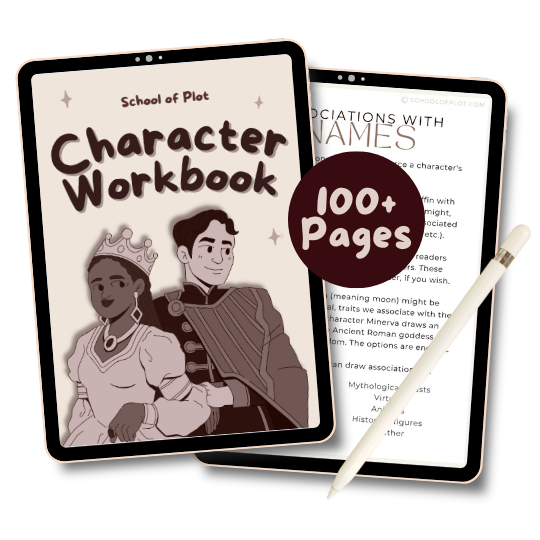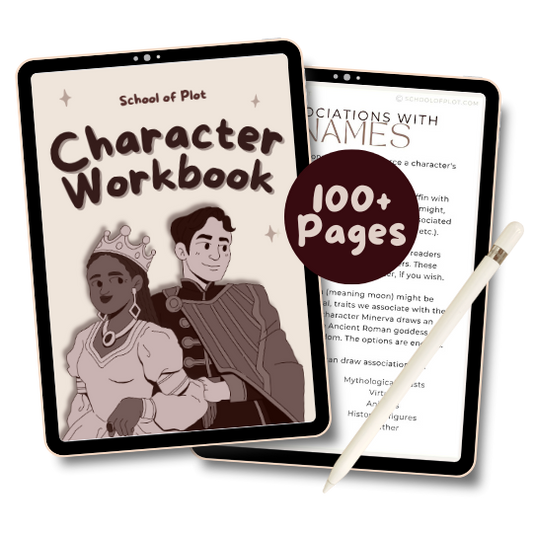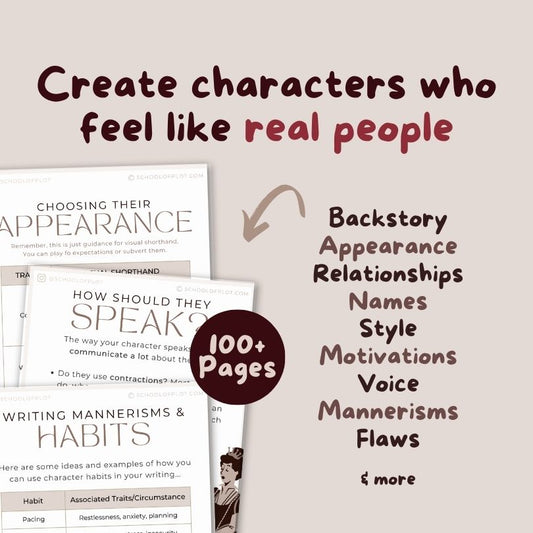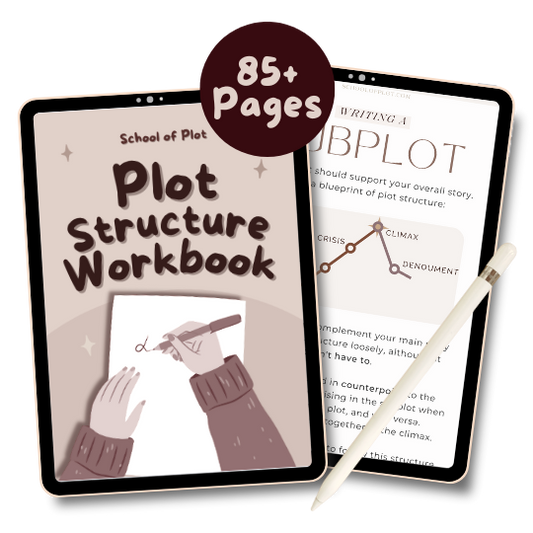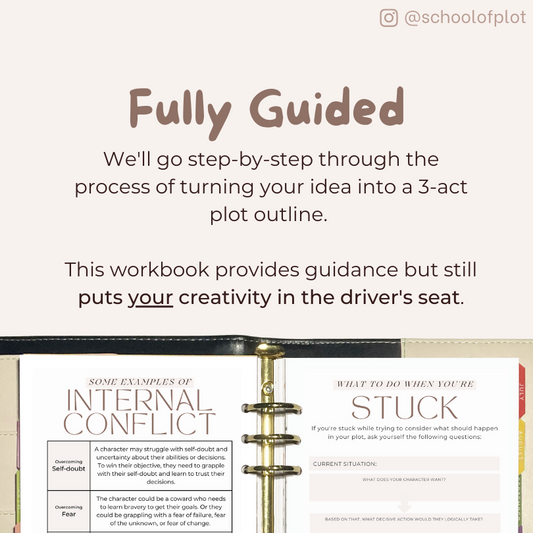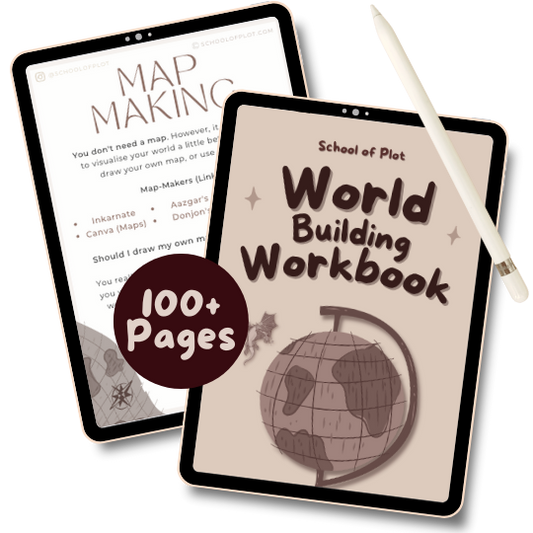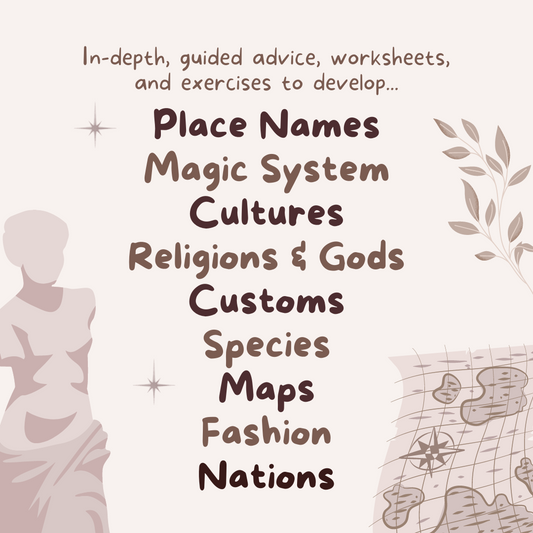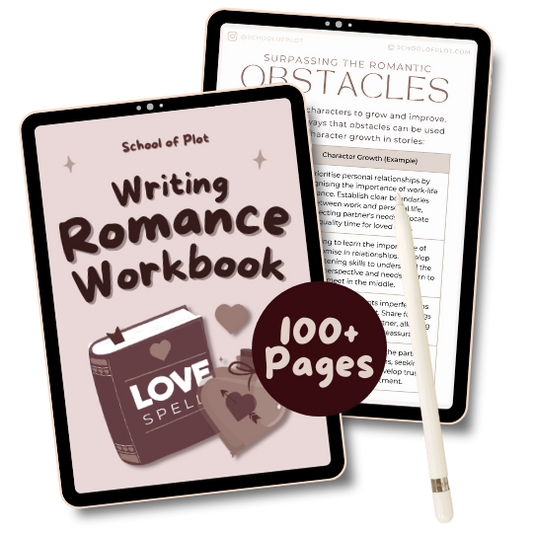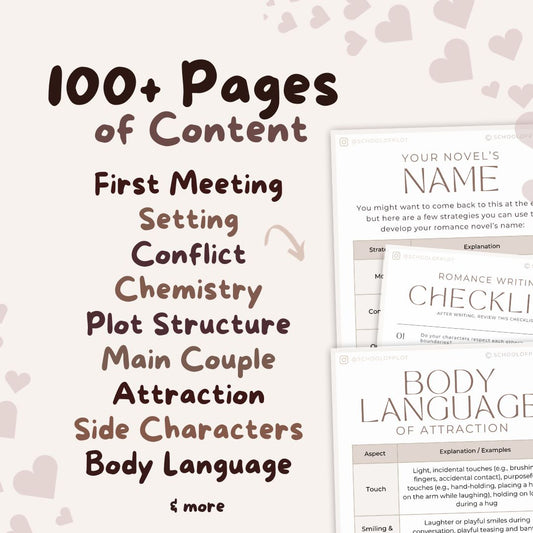I’m currently deep in the trenches of the third draft of my fantasy manuscript and the ever-present fear that my protagonist might be a little too much of a cocky asshole to be engaging. As I wrestle with this big fat Google Doc, I can’t help but wonder: what makes readers abandon a novel? And how can I avoid this in my own manuscript?
To find out, I asked my audience what makes them put a book down Their answers were enlightening, occasionally brutal and incredibly useful. Also, an honourable mention must go to Tom Bombadil, who was personally named three times in this survey. (💔)
Pacing Issues
When I asked my audience which issues would make them abandon a novel, pacing issues were by far the #1 answer. Readers can lose interest when the story feels too slow or too rushed.
There’s some degree of subjectivity to this, but here are some ways to avoid this:
- Make sure there’s always forward momentum but that you’re still giving each scene or event space to breathe.
- Ensure every chapter has a purpose. Does it move the plot forward, develop character arcs, or build tension? If not, cut or refine it.
- Mix up action-heavy scenes with introspective, slow scenes to keep the rhythm engaging.
- End chapters with a compelling question that pulls readers into the next one.
- Trust your beta readers! If they say, "This part dragged," believe them.
Whiny Protagonists
Books where the protagonist is more of a complainer than a do-er. Especially about small, solvable issues. Pretty subjective but I get it. Some ideas to solve this...
- Balance complaints with solutions. If your protagonist is going to sulk, make sure they actually do something about it soon after.
- Show growth. If they start off whiny, let them evolve into someone more decisive (if that fits their arc).
- Give them external problems that actually justify their frustration. Readers will forgive whining if the situation is dire enough rather than if the character just whines about every tiny thing.
Corny Dialogue
This one's pretty subjective and depends on what you're going for, but here are a few things that throw readers off:
- Over-expository dialogue (“Brother, I am so sad that our mutual father has been conscripted to war against the neighbouring nation with whom we are competing for land and resources.”)
- Anachronistic dialogue in historical settings (“Dude, wait a sec, that’s crazy," said Sir Percival.)
- Every character sounding the same. If your warrior, scholar, and street thief all talk in the same cadence, something’s off.
Aimless Middle
This is when the middle of the book drags or feels repetitive. I find this happens in a lot of fantasy novels. The beginning is often dynamic and fun but the middle is a sludge of unnecessary side-quests.
Keep the stakes rising and the conflict evolving, making sure you’re building towards something. I've made you a free plot outline template to fix this.
Tacked-On Romance
The second most common answer was “rushed or unnecessary romantic subplots”. Sometimes you’re reading a novel and it feels like they just tacked the romance on to tick some sort of box. It feels forced and unearned.
Avoid inserting romance just for the sake of it. Make it relevant (to the protagonist’s growth or the plot) OR at least give it room to grow organically instead of coming out of nowhere.
- Make romance a natural extension of the characters’ arcs. How does it challenge or change them?
- Let chemistry develop through actions, not just declarations. Even if they're instantly attracted to each other, let the characters' appreciation for each other deepen.
- If a romantic subplot isn’t feeling right, consider axing it altogether. Not every story needs one. You're not obliged to keep it in.
Flat Characters
When characters are too perfect or don’t feel real, readers can find it hard to connect with them. You want your characters to feel like real people with motivations, desires, a past, flaws...
Readers also want to see character growth. The circumstances of your story push your characters to make hard choices, to learn and evolve.
I've made you a Character Workbook to help you develop distinct, consistent characters with 100+ pages of interactive work. Easy-access character sheets ensure characters feel genuine & consistent as you write.
Lack of Diversity
Especially in a time where diverse stories are becoming more and more available, a lot of readers said they’d put a book down if it wasn’t diverse.
Diversity means more than just checking identity boxes for the sake of it. It’s also about showing that different types of people exist in the world you’ve created, which can help it feel more realistic.
- Research! Avoid stereotypes and ensure your diverse characters are well-rounded individuals, not just ticking representation boxes.
- Remember that you can diversity in everyday life, not just in major plot points. People can just be ethnic or LGBTQ+ or disabled without it being plot-relevant. This is often referred to as "casual representation".
- If you're writing a historical/fantasy novel, remember that historical societies weren't free from diversity. Plenty of medieval people were disabled for example. While it wasn't as diverse as modern London, it's realistic to include ethnic minorities in historical European settings, or white people in historical Asian settings for example.
Writing Style
Readers said they would close a book if they found the writing style offputting. Prose that’s “too flowery” or “boring” can turn readers off. This one’s wildly subjective so the only advice I can give is to know your audience.
If you want to learn more features that make readers abandon a novel (including too many characters and certain tropes), check out today’s episode of Writing Club. I dove into each feature with suggestions about how to workshop it in your own writing. You can listen to it on Spotify and Apple Podcasts.
